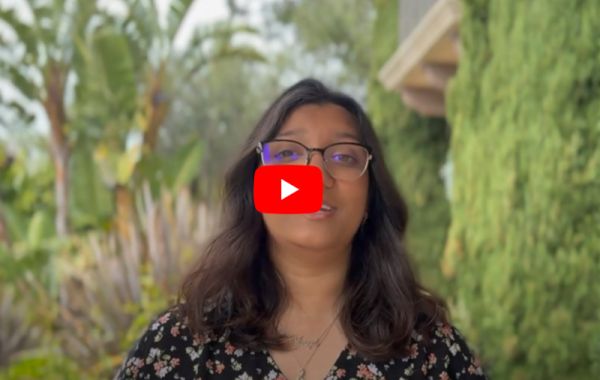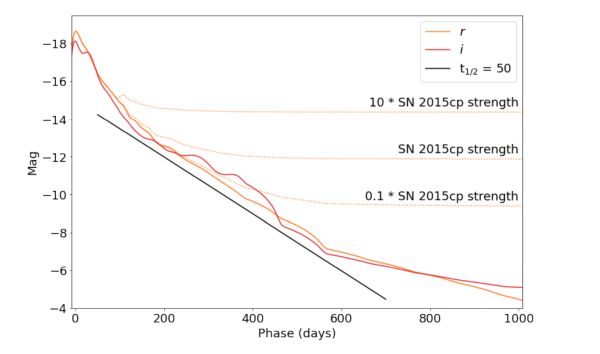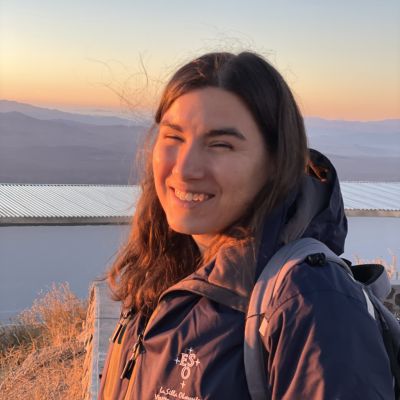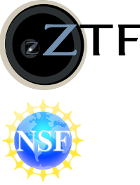The 2024 Shaw prize goes to ZTF principal investigator
Professor Shri Kulkarni, our ZTF principal investigator is awarded the prestigious Shaw prize in astronomy
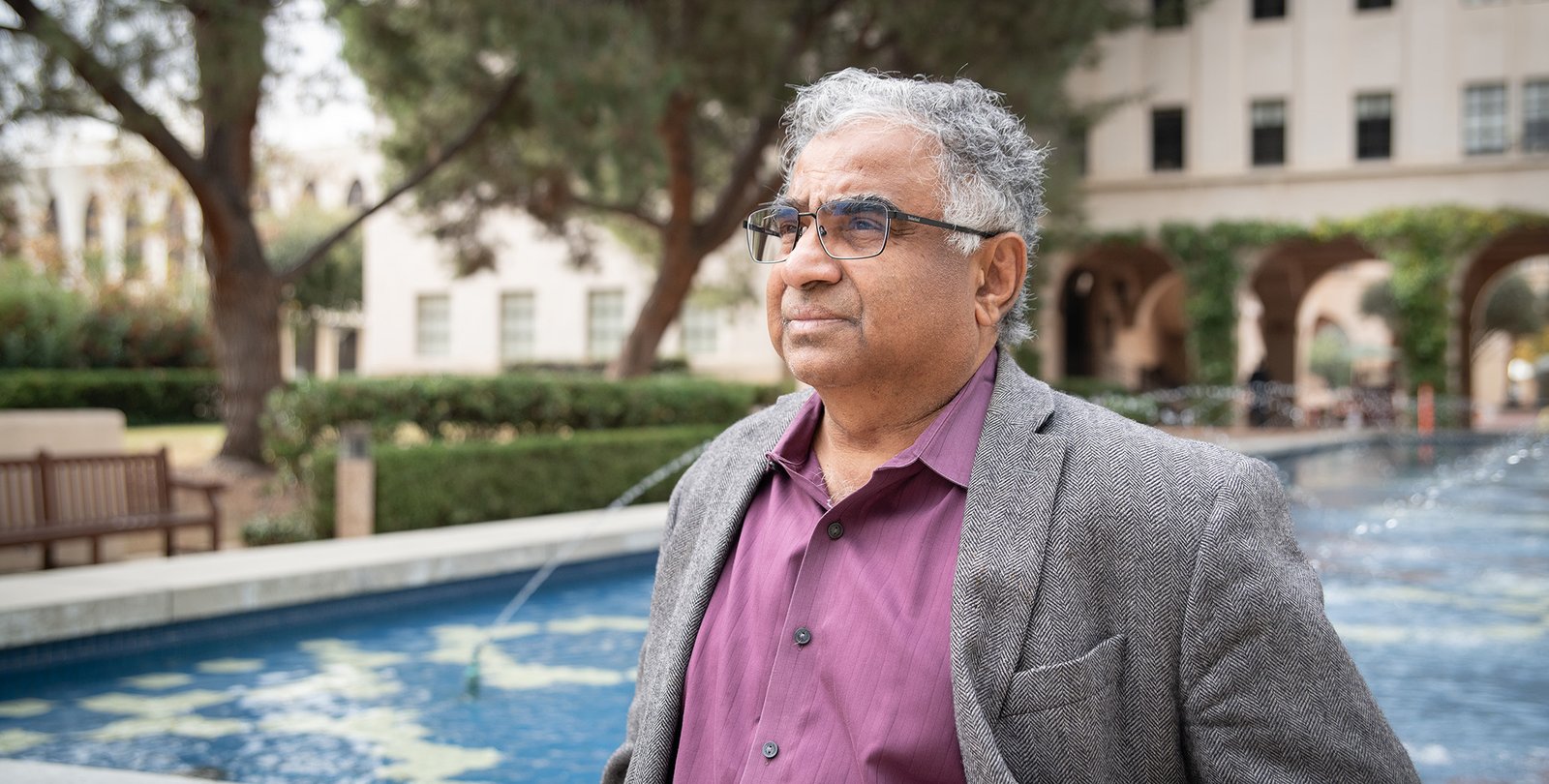
"My wife did not believe me at first having suffered many of my pranks in the past!" - says Shri Kulkarni after receiving the news that he is one of the four recipients of the 2024 Shaw prize. The award is given for "his ground-breaking discoveries about millisecond pulsars, gamma-ray bursts, supernovae, and other variable or transient astronomical objects," states the Shaw Prize Foundation, which also acknowledges Shri's contributions to time-domain astronomy that have "culminated in the conception, construction and leadership of the Palomar Transient Factory [PTF] and its successor, the Zwicky Transient Facility [ZTF], which have revolutionized our understanding of the time-variable optical sky". "My motto has been to build a big enough gizmo and things will happen," says Shri.
Sonify the Cosmos: Create Your Supernova Melody
This new broader-impact project in ZTF began as a one-off outreach collaboration between a high school student and a Caltech astronomer to create a sonification from the largest astronomical supernova dataset . In the end, as we sat down to enjoy this celestial symphony, we agreed that we cannot wrap things up when the music ends. We wanted to expand the creative possibilities of astronomical data sonification (the same way the universe is expanding) and enable everyone out there to create their own melodies from outer space.
Press ReleaseVideo Tutorials
These video tutorials will guide you step by step in the process of sonifying astronomical data. You can choose to start from scratch (some coding skills required) or use pre-processed MIDI files.
Resources
Download all the resources you need to begin sonifying. We provide you with a clean raw data file from the astronomical survey, as well as pre-processed MIDI files. You can also dive deeper into how our sonification was created by reading this research paper.
Video Spotlight
An animation about ZTF wins first prize
Nabeel Rehemtulla is a PhD student at the Northwestern University training computers how to become astronomers. That's challenging but Nabeel likes challenges. Which is why when he had a chance to present his work at the CODex 2024 research symposium in Evanston, IL he picked up another challenge. He decided to present his work visually instead of the usual powepoint. So he learned how to make animations and produced one, describing the BTSbot - a deep learning system deployed on ZTF to fully automated the discovery, classification and reporting of astronomical transients. He was awarded 1st prize at the symposium in the visualization challenge category. Nabeel is freely sharing the code he wrote to produce the animation to encourage other young researchers to give it a try and explain their science visually. The BTSbot is described in detail in this publication submitted to the ApJ journal.
ZTF Public Data Release 21
There are changes to the public data release schedule in ZTF-O4. Please, read the information on our website.
This release adds 4 months of observations to the twentieth data release, up to 29 February 2024 for the public portion of the survey, and private survey time prior to 31 October 2022. The products include 56.3 million single-exposure images, 176 thousand co-added images, accompanying source catalog files containing 860 billion source detections extracted from those images, and 4.89 billion light curves constructed from the single-exposure extractions.
ZTF Experiments
The ZTF Experiments program is a new initiative of the ZTF collaboration that will run during the ZTF-O4. Every month, three nights of the ZTF observing time will be dedicated to bold science experiments, that require very specific observing conditions (cadence, filter configurations, etc) that differ from the standard modes used for the public survey and other large programs within the collaboration. The alerts from the ZTF experiments will be public and available immediately. Photometry and images will become available after a 60-day period. The schedule of upcoming experiments is available on our website and below you can read about the experiments scheduled in May and June.

The deep BTS
Dates: 6-8 May, 2024
We aim for an experiment that is basically the Bright Transient Survey (BTS), but using 100% of the telescope time for three full nights instead of the usual 50%. We want to coordinate this with spectroscopic resources to be able to classify virtually all new transients (down to 19.5 mag) discovered during this dedicated effort. The aim is to quantify what we are missing at the fainter end where BTS is not complete, which will aid photometric classifiers that are needed both in the Vera Rubin era, but also to harvest the many tens of thousands of extragalactic transients in the ZTF archive for which we did not get spectroscopic classifications.
Learn more
Monitoring an ULTRASAT high-cadence field
Dates: June, 2024
In anticipation of ULTRASAT (launch expected in 2026), we propose to obtain near-continuous imaging of the northern ULTRASAT high-cadence field, and to autonomously trigger Swift on young and fast-brightening transients. Our goals are to (1) explore the minute-timescale optical sky by identifying transient and variable sources in the region, and (2) do a technical demonstration that Swift can autonomously observe a young optically-discovered transient.
Learn moreScience Highlights
Cataclysmic variables with a white dwarf
Authors present spectroscopic observations of nine cataclysmic variables that have been postulated to contain magnetic white dwarfs using ZTF and TESS data when available. Their classifications, orbital parameters, inclinations, and/or accretion properties were further characterized.
Photometric classifier for tidal disruption events
Authors describe tdescore, a simple binary photometric classifier that is trained using a systematic census of ∼3000 nuclear transients from the Zwicky Transient Facility (ZTF). tdescore can serve as a model for photometric identification of TDEs with time-domain surveys, such as the upcoming Rubin observatory.
1100 days in the life of the supernova 2018ibb
The authors present the analysis of 2018ibb, a hydrogen-poor SLSN at z = 0.166 that evolves extremely slowly compared to the hundreds of known SLSNe. Data was gathered between mid 2018 and early 2022 from the UV to the near-infrared (NIR) with 2-10 m class telescopes. They conclude that This SN 2018ibb is by far the best candidate for being a pair-instability supernovae to date.
Multi-peak, type-changing supernovae
This paper presents the observations and analysis of SN 2023aew, which shows a dramatic increase in brightness following an initial luminous (-17.4 mag) and long (~100 days) unusual first peak (possibly precursor). SN 2023aew was classified as a Type IIb supernova during the first peak but changed its type to resemble a stripped-envelope supernova (SESN) after the marked rebrightening.
The ZTF Source Classification Project: Variable sources catalog
The Zwicky Transient Facility (ZTF) provides time-series observations that record the variability of more than a billion sources. The scale of these data necessitates automated approaches to make a thorough analysis. Building on previous work, this paper reports the results of the ZTF Source Classification Project (SCoPe), which trains neural network and XGBoost (XGB) machine-learning (ML) algorithms to perform dichotomous classification of variable ZTF sources using a manually constructed training set containing 170,632 light curves.
Late-time interaction signatures in Type Ia supernovae
Authors use a sample of 3627 SNe Ia from the Zwicky Transient Facility discovered between 2018 and 2020 and search for interaction signatures over 100 days after peak brightness. By binning the late-time light curve data to push the detection limit as deep as possible, they identify potential late-time rebrightening in 3 SNe Ia.
ZTF Faces
Priscila Pessi
(University of Stockholm, Sweden)
I come from a small city in Argentina called Ranchos, which gets its name from the type of house constructions that were popular at the time the city was founded.
Read OnNabeel Rehemtulla
(Northwestern University, USA)
I was born and raised in Ann Arbor, Michigan - a lively university town about 30 minutes away from Detroit. Despite the cold, I haven't left the Midwest United States and am now in Chicago, Illinois.
Read OnZTF Science Vlog
The ZTF vlog brings you the latest ZTF results presented by the authors themselves.
A new tool for the discovery of Galactic X-ray sources
In this science vlog, PhD student Tony Rodriguez from Caltech presents a new tool for the quick identification of Galactic X-ray sources. The tool combines data from optical surveys such as the Zwicky Transient Facility and X-ray data to identify classes of X-ray galactic objects in our Galaxy.
BTSbot: Making astronomical discoveries without the astronomers
In this edition of the ZTF science vlog, we bring to you a young and enthusiastic researcher, Nabeel Rehemtulla and his partner Theo du Laz at Caltech who will tell you how deep learning algorithms now aid astronomers in making fast and numerous discoveries of transients completely autonomously. The BTSbot was implemented on the ZTF to achieve the first ever human-free discovery, classification and reporting. of supernovae.
Science with public ZTF data
We highlight scientific publications from individuals and groups outside of the ZTF partnership that use ZTF public data
Physical Properties of Type II Supernovae Inferred from ZTF and ATLAS Photometric Data
[Abstract]We report an analysis of a sample of 186 spectroscopically confirmed Type II supernova (SN) light curves (LCs) obtained from a combination of Zwicky Transient Facility (ZTF) and Asteroid Terrestrial-impact Last Alert System (ATLAS) observations. We implement a method to infer physical parameters from these LCs using hydrodynamic models that take into account the progenitor mass, the explosion energy, and the presence of circumstellar matter (CSM)... We find that the redshift inferred from the supernova LCs is significantly more accurate than that inferred using the host galaxy photometric redshift, suggesting that this method could be used to infer more accurate host galaxy redshifts from large samples of SNe II in the LSST era. Lastly, we compare our results with similar works from the literature.
|ZTF is supported by the National Science Foundation and a collaboration including The ZTF partnership
is a consortium of the following universities and institutions: Oskar Klein Center,
Stockholm University, Sweden; Ruhr University, Germany; University of Warwick, UK; University of
Maryland, College Park, USA; Northwestern University, Evanston, USA; University of Wisconsin,
Milwaukee, USA; Drexel University, USA; Cornell University, USA; University of California, Berkeley;
IPAC, Caltech, USA; Caltech, USA. Operations are conducted
by COO, IPAC and University of Washington.
Any opinions, findings, and conclusions or
recommendations expressed in this material are those of the
author(s) and do not necessarily reflect the views of the National Science Foundation.


